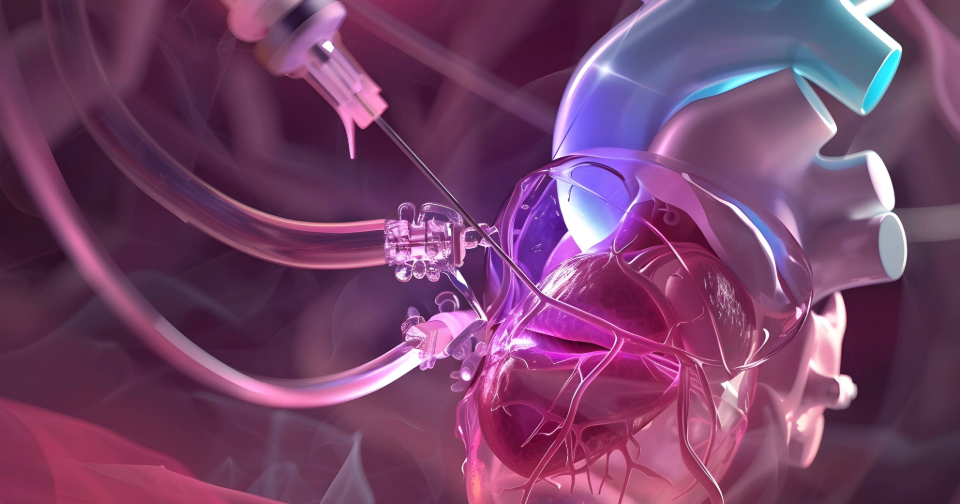As demand for lithium-ion batteries has intensified in recent years, the interest in battery recycling has also grown, seeking to overcome the environmental and economic challenges that are associated with extraction of finite resources and disposal of hazardous spent materials.
This article is the second in our series on recycling of lithium-ion batteries (LIBs). In our first article, we studied the regulatory measures that seek to drive change in this area, as well as chemical recycling processes. Simultaneously, biological approaches are also being developed as solutions to enhance battery circularity, which we explore in the current article.
Metal-recovering microbes
Biological processes, such as microbe-assisted recycling, are among those being investigated as potential complementary solutions to chemical methods such as hydrometallurgy.
Microbial bioleaching takes advantage of the metabolic activities of bacteria and fungi to extract metals from spent LIB material, and can rival the metal-recovery performance of conventional chemical methods. For example, acidophilic bacteria, such as A. ferrooxidans and A. thiooxidans, have demonstrated the impressive ability to recover up to 99% of lithium and significant proportions of cobalt and nickel from battery black mass, while fungi such as A. niger have also shown high efficiency of lithium recovery.
The mechanisms by which metals are dissolved and fixed by these microorganisms vary by their type (e.g. between kingdom and species), as do the conditions under which bioleaching is carried out. However, in general, significantly milder and less energy-intensive conditions are required than those used in conventional chemical recycling methods.
Nonetheless, there are challenges associated with biological approaches, such as slower kinetics compared to chemical methods and the need for robust microbial strains which can better survive in battery leachates. However, research is ongoing to address these limitations, such as through microbial engineering, process optimisation, and the development of hybrid systems combining biological and chemical recycling.
Fresh developments
Indeed, recent innovations highlight the growing viability of biological recycling. For example, researchers at the University of Edinburgh, working as part of the ReLiB project supported by UKRI and the Faraday Institution, have reported successful scale-up of a bacterial separation method for extracting manganese, with the technology now being optimised for other important metals. These biological reactions (which employ selectively bred strains of bacteria) exhibit their green credentials by being performed at room temperature, in aqueous solutions, and without the use of harsh chemicals.
Similarly, as part of the BBSRC-funded ‘BELIEVE’ project, researchers at the University of Surrey have reported a bio-based technology capable of recovering 95% high-purity lithium from spent batteries, for which a patent application has been filed.
Innovative biological LIB recycling is also emerging in the commercial sector. For example, SER, who are one of the UK’s leading electronics recyclers, set up a Manchester-based division in 2020 dedicated to battery recycling, called Cellcycle. Having won grant funding to help scale up Europe’s first bio-remediation battery recycling facility, Cellcycle recently announced a patent application for their bacteria-utilising LithiumCycleTM technology.
Meanwhile, MicroMiner (a start-up supported by Copenhagen’s renowned BioInnovation Institute) was recently launched to realise the commercial potential of resource-efficient bio-based ideas for improving recycling of electric vehicle batteries.
Patenting technology
As evidenced above, innovators in biological LIB recycling clearly recognise the importance of protecting their intellectual property (IP) in this technical area by filing patent applications. Although biological recycling processes still only represent a relatively small proportion of the LIB recycling patent landscape, we expect this to expand over time as the initial breakthrough technology inspires further investment, research, and development in this field. However, innovators in biological LIB recycling may have to choose their IP strategies carefully to optimise the commercial value of their technology.
For example, when it comes to developing an IP strategy to protect recycling innovations, territorial considerations apply, as patents can only be enforced in the jurisdictions in which they are granted. Some innovators might choose to focus their efforts on protection in jurisdictions currently producing large amounts of consumer or manufacturing waste. Meanwhile, others might look ahead and prioritise broader geographical protection, considering the cost of additional patent protection worthwhile in anticipation of a more evenly spread distribution of recyclable LIB materials worldwide in the future.
Moreover, biological LIB recycling represents a complex interface between microbiology, chemistry and engineering. Consequently, innovators may have to consider carefully the aspects of their technology for which protection is most valuable, and the aspects for which the most robust protection can be obtained (in view of, for example, the varying requirements of patent applications in different jurisdictions).
Despite the field’s complexity, our team of scientifically trained legal experts at Mewburn Ellis are well positioned to help innovators in battery recycling. Contact us if you wish to develop a commercially relevant IP strategy to maximise your technology’s potential.
Rhys is a patent technical assistant working in the area of chemistry. Prior to joining Mewburn Ellis, Rhys was a post-doctoral researcher specialising in Polymer Additive Manufacturing and Analytical Chemistry. Rhys has a PhD in Polymer Nanocomposite materials from the University of Sheffield, and an MSci in Chemistry with a European Language (German) from University College London, where he was also recognised on the Dean’s list and awarded the Sondheimer prize for Organic Chemistry. Rhys joined Mewburn Ellis in 2024.
Email: rhys.williams@mewburn.com
.png?width=100&height=100&name=Rhys%20Williams%20circle%20(Conflicted%20copy%20from%20LAPTOP10-009005%20on%202024-12-17).png)
.png)
